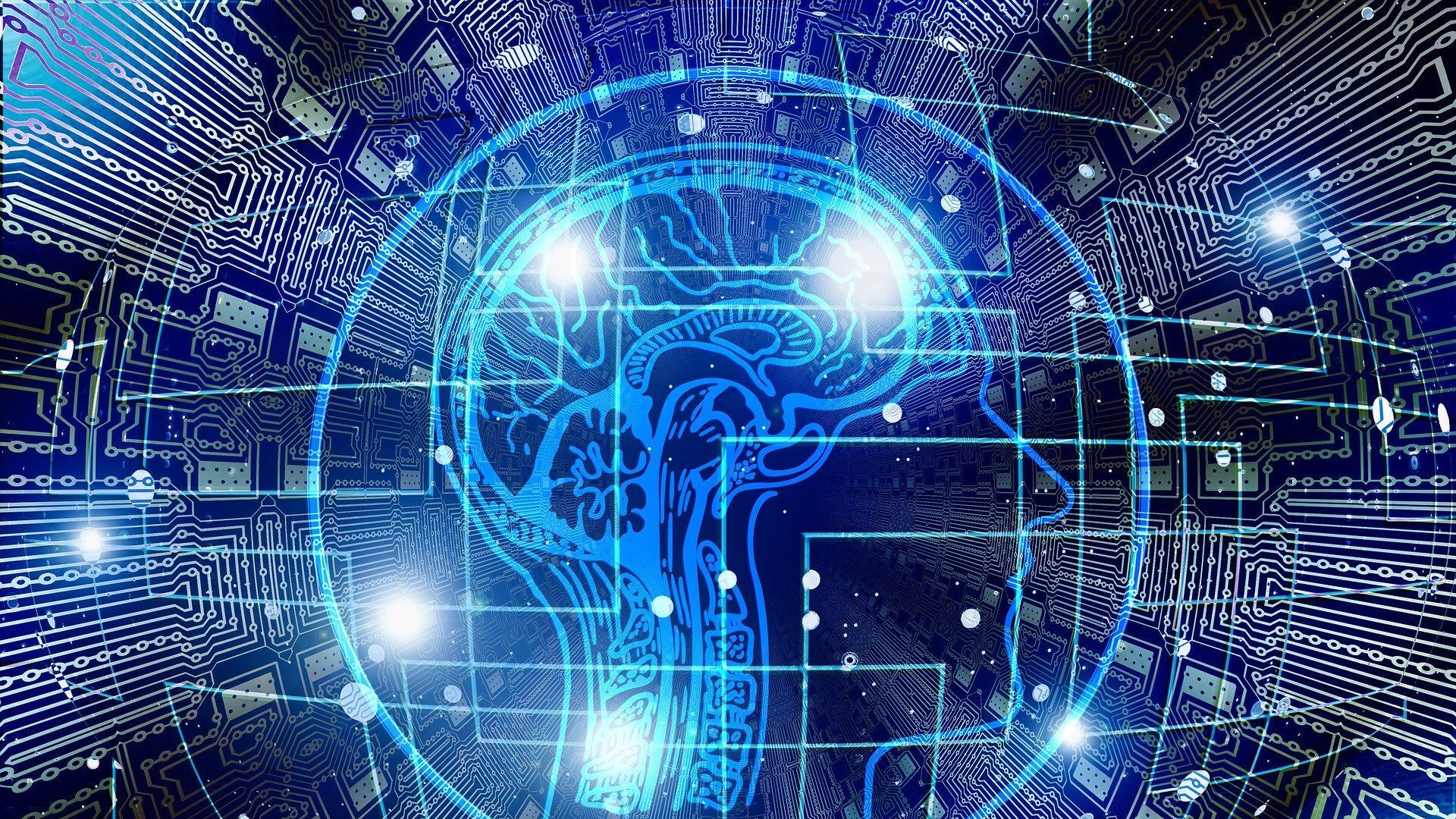Selfie Care: New AI Medical Program Can Spot Genetic Disease With a Single Picture

CC0 / /
Subscribe
A new AI medical program developed by a team of researchers at the University of Bonn called GestaltMatcher can spot rare genetic diseases with a single picture. The technology will help clinicians quickly diagnose ailments and help in the discovery of new genetic disorders, according to the project’s abstract.
The Institute for Genomic Statistics and Bioinformatics (IGSB) at the University Hospital Bonn team used 17,560 patient photos for the project. Around 12,000 came from digital health company FDNA with another 5,000 from the University of Bonn and nine additional universities. The study was published in Nature Genetics.
The artificial intelligence technology can spot subtle facial features and compares them to its own database to determine an approximate genetic disease. The AI has analyzed a total of 1,115 different rare diseases, and has been touted as having the ability to detect unknown genetic diseases.
Dr. Peter Krawitz, from the Institute for Genomic Statistics and Bioinformatics (IGSB) at the University Hospital Bonn, said: “The goal is to detect such diseases at an early stage and initiate appropriate therapy as soon as possible.”
A vast majority of genetic diseases also come with an identifiable physical abnormality, with many causing a particular facial feature to be present.
According to Tzung-Chien Hsieh, a member of the University of Bonn team, “The face provides us with a starting point for diagnosis,” adding, “It is possible to calculate what the disease is with a high degree of accuracy.”
“This means we can now classify previously unknown diseases, search for other cases and provide clues as to the molecular basis,” Krawitz says of the technology.
The technology reportedly does not need a wide variety of examples to pinpoint a genetic aliment.
“This wide variation in appearance trained the AI so well that we can now diagnose with relative confidence even with only two patients as our baseline at best, if that’s possible,” Krawitz detailed.
The technology could be applied to other medical imaging services to help assist in diagnosis, according to Krawitz.
“The GestaltMatcher Database (GMDB) will improve the comparability of algorithms and provide the basis for further development of artificial intelligence for rare diseases, including other medical image data such as X-rays or retinal images from ophthalmology,” Krawitz said.
The technology could be coming to medical practices soon. In Germany, doctors are already using an AI to assist in their practices. The developers of the technology believe its ability to be quickly disseminated could see it become a key tool in diagnostics.
